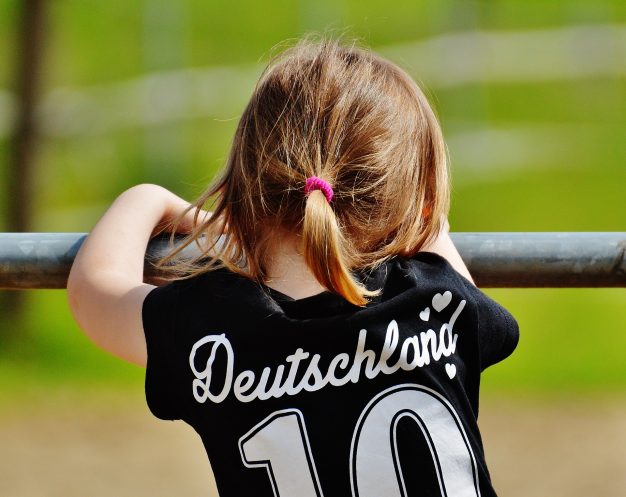
New youth protection law in Germany: ‘Participation of children is a top priority’
Jutta Croll, Chairwoman of the Board of the German Digital Opportunities Foundation and a Senior Manager on the”Child Protection and Children’s Rights in the Digital World“ project (funded by the German Federal Ministry on Family Affairs), explains the significance of a new German law on youth protection in the media.
The German Bundestag (Federal Parliament) recently passed the law on the reform of youth protection in the media, presented by Federal Minister for Family Affairs Franziska Giffey. With the new regulations, the participation of children and young people, and thus one of the basic principles of the UN Convention on the Rights of the Child, is anchored in the legislative text for the first time.
Article 12, paragraph 1 of the UNCRC states that: “States Parties shall assure to the child who is capable of forming his or her own views the right to express those views freely in all matters affecting the child, the views of the child being given due weight in accordance with the age and maturity of the child.”
This will be directly implemented with the new Youth Protection Act: children and young people will be represented in an advisory board that will be established at the new Federal Agency for the Protection of Minors in the Media, where they will also participate in the regular evaluation of the effectiveness of the law.
‘The views of the child being given due weight’
The change to the German legislation, which was last reformed in 2002, is long overdue, as the old regulations are no longer up to the challenges posed by digitalization and the changed living environments of children. The inclusion of children and young people in the shaping of contemporary youth media protection is logical, considering that they are often the early adopters of new digital applications, devices and services, and may be exposed to significant risks in some cases. These are now explicitly named in the law as follows: “Risks from communication and contact functions, from purchase functions, from gambling-like mechanisms, from mechanisms to promote excessive media usage behavior, from the disclosure of inventory and usage data to third parties without consent, and from purchase appeals that are not age-appropriate, especially through advertising references to other media.”
The law obliges platform providers to take precautionary measures to counter such risks. These include child-friendly terms and conditions, safe default settings for the use of services that limit the risks of use depending on age, for example, by ensuring that user profiles cannot be found by search engines, and easy-to-find information on provider-independent advice, help and reporting mechanisms. Support in this regard can be provided by the organisations of voluntary self-regulation which, together with the service providers, should develop guidelines for the implementation of such precautionary measures and also include the views of children and young people.
The Federal Review Board for Media Harmful to Young People, which is being reorganized and modernized as the Federal Agency for the Protection of Minors in the Media, is tasked with bringing together the stakeholders involved in the process of dialogic regulation and ensuring consistent law enforcement against providers.
‘Children and young people encouraged to develop media literacy’
With the introduction of the new protection goal of personal integrity of children and youths as well as the promotion of orientation, the Youth Protection Act pursues a holistic approach: parents and educational staff are provided with uniform age labels and descriptors of risk potential as tools to select media applications and services that are age-appropriate. Through precautionary measures and orientation, children and young people are enabled to develop media literacy and to deal with media both independently and confidently.
The rights and the protection of children are strengthened with the new Youth Protection Act, participation and involvement are emphasised, and the process of digital transformation of society is made a bit more child-friendly. Bravo, because Germany is the first country in the world to implement the requirements of the General Comment on the Rights of Children in the Digital Environment, which the United Nations Committee on the Rights of the Child adopted in February 2021, in an exemplary manner.
This article is republished from the London School of Economics (LSE) blog under Creative Commons Licensing guidelines.
It was originally published on the website of the ‘Child Protection and Children’s Rights in the Digital World’ project, and is republished with thanks. It represents the views of the author and not the position of the Media@LSE blog, nor of the London School of Economics and Political Science.




